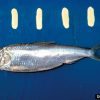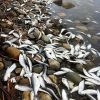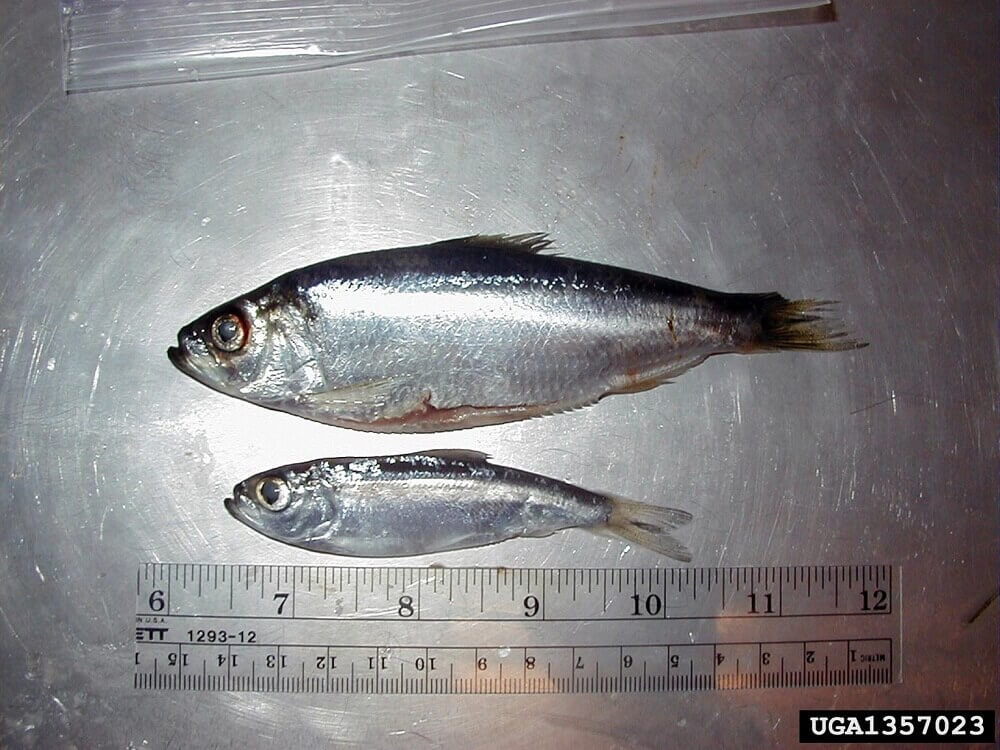X
CONTACT US
Great Lakes Center, SAMC 319
SUNY Buffalo State
1300 Elmwood Ave., Buffalo, NY 14222
wnyprism@buffalostate.edu
(716) 878.4708
SUBSCRIBE TO LISTSERV
FOLLOW US
CONTACT
Alewife
COMMON NAME:
AlewifeSCIENTIFIC NAME:
Alosa pseudoharengusORIGIN:
Atlantic OceanDESCRIPTION:
Alewife is a species of ocean herring with a bluish-grey to olive back with silvery sides. The body is wide, narrows at the belly, and averages 6” in length. They have large eyes, a prominent black spot near the gill cover, and a forked fin.HABITAT:
Alewife are capable of inhabiting freshwater lakes where they spawn. They first spread to the Great Lakes and are now present in inland waters throughout the Eastern U.S.THREAT:
Without a natural top predator in many lakes, alewives reach large populations and have been associated with the decline and extinction of many native fishes. They decrease zooplankton, a primary food source for many species, and feed directly on the eggs and larval stages of several other fish species.MANAGEMENT:
Management includes the introduction of top level predators such as various Pacific salmon species. Eradication is extremely hard to achieve since even a few hundred individuals are capable of re-establishing an entire population.
WNY PRISM PRIORITY:
Tier 4 – Local Control
ADDITIONAL RESOURCES:
Alewife is a species of ocean herring with a bluish-grey to olive back with silvery sides. The body is wide, narrows at the belly, and averages 6” in length. They have large eyes, a prominent black spot near the gill cover, and a forked fin.
NYS Prohibited and Regulated Species - Part 575:
PATHWAYS OF INVASION:
Alewives are often introduced as baitfish or through illegal stocking.
REGIONAL DISTRIBUTION:
Locally Common
MAP (via iMapInvasives):
This map shows confirmed observations (green points) submitted to the NYS Invasive Species Database. Absence of data does not necessarily mean absence of the species at that site, but that it has not been reported there. For more information, please visit iMapInvasives.





